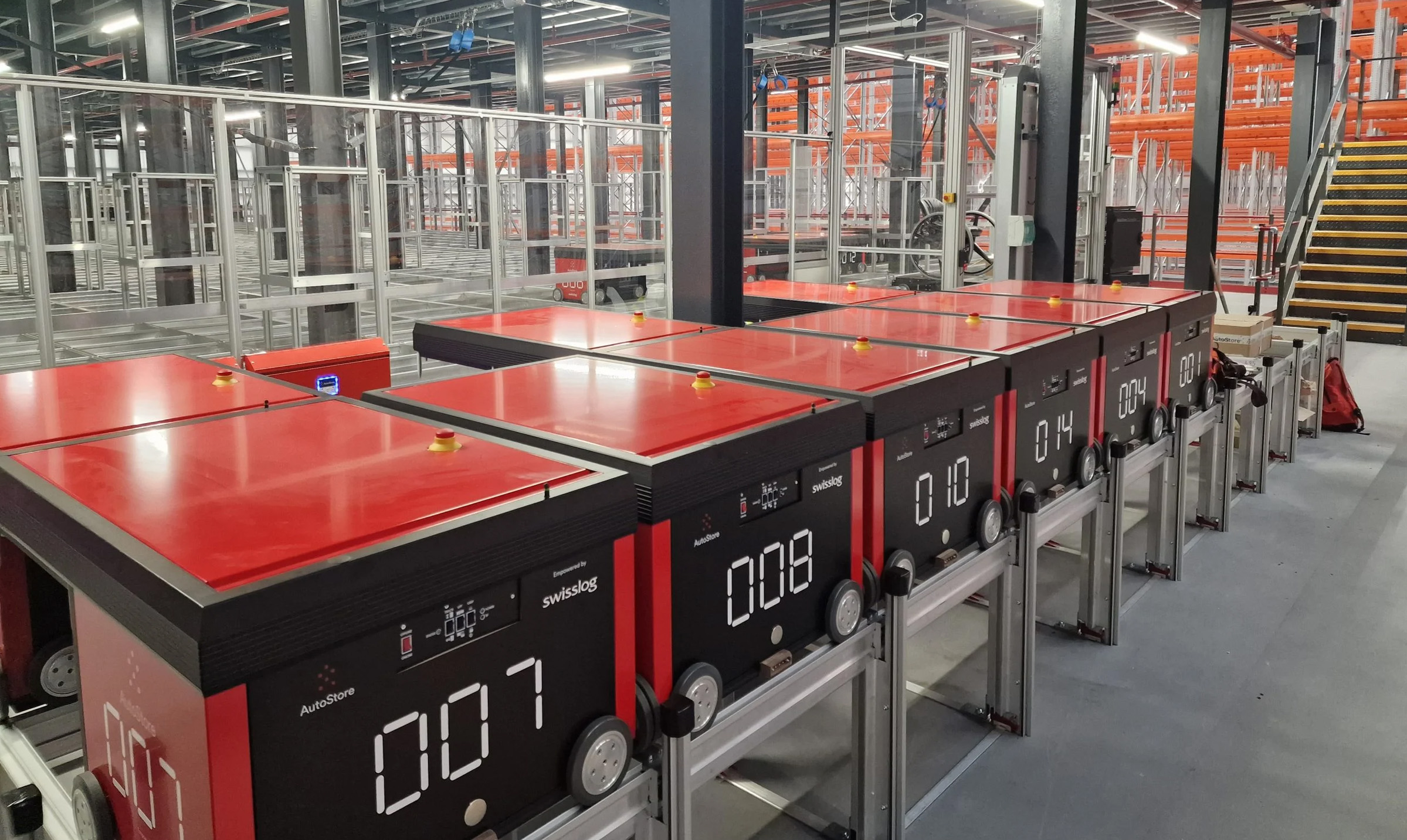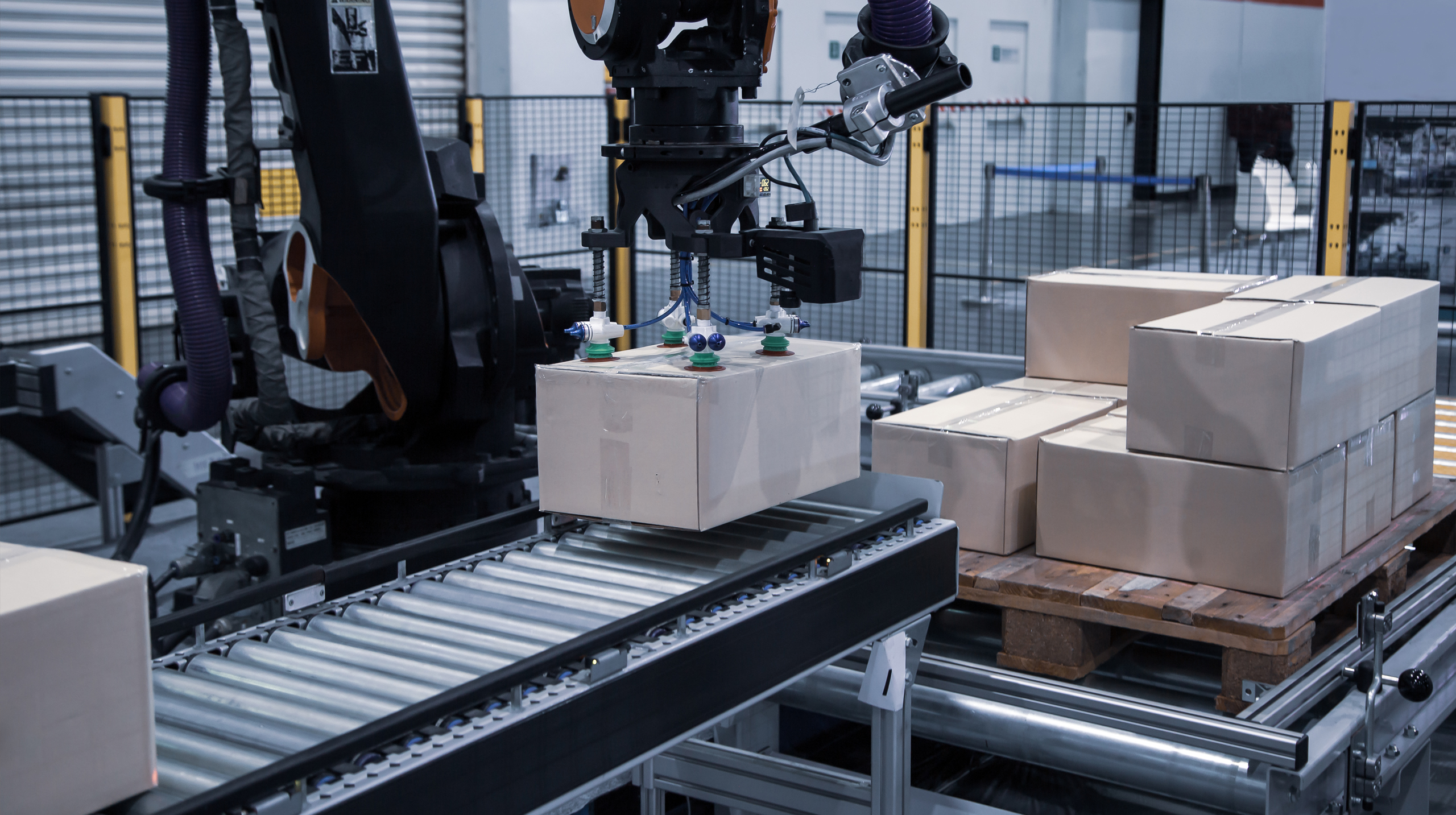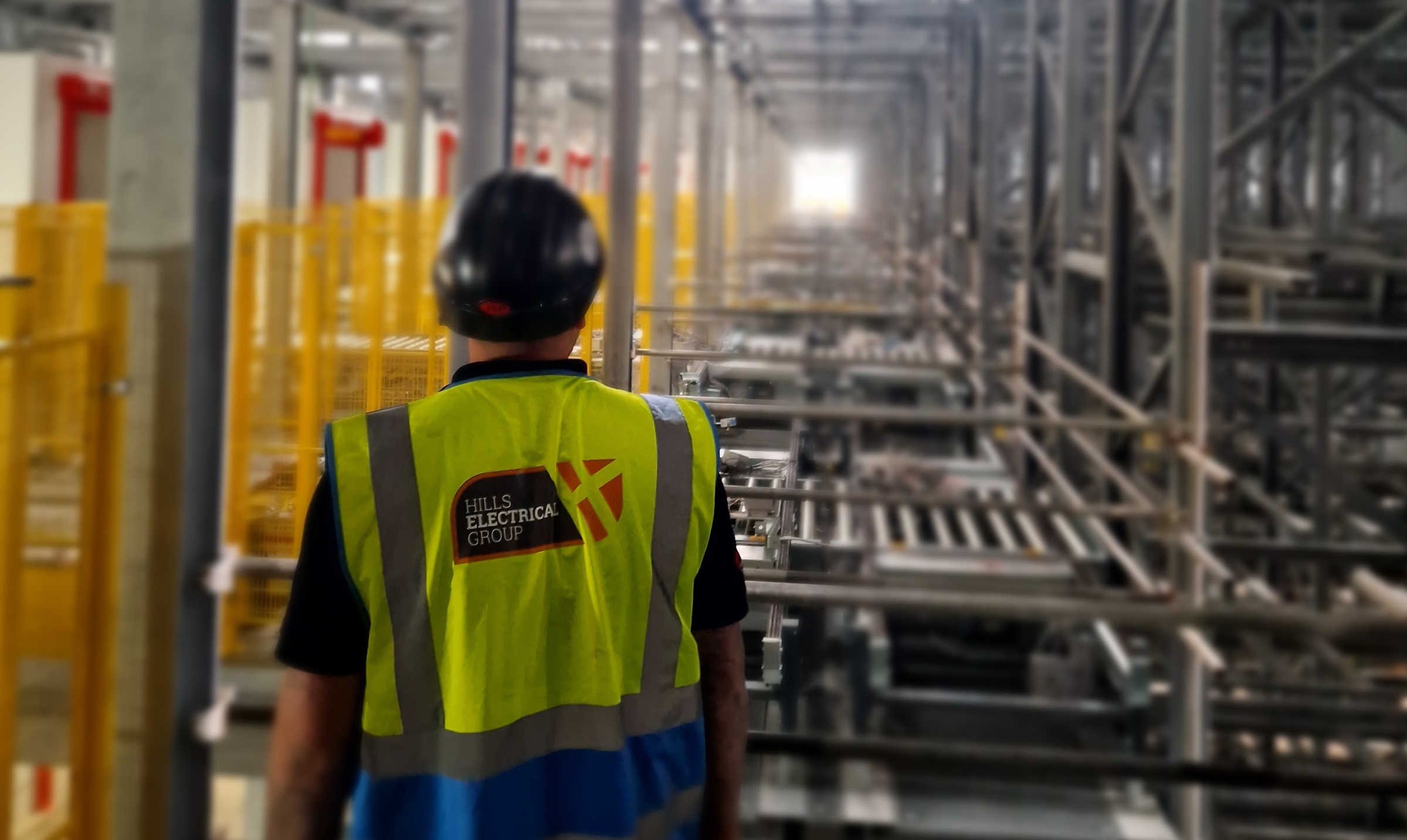Automation and robotics are often banded together, so why isn’t it just one or the other? Is there a distinct difference between the two?
In this article, we shed some light on these two terms to help you decipher which one your warehouse or factory needs.
Since 1947 when Ford started using its automation business model, the term automation became increasingly popular. The idea of automation revolutionised the way they manufactured cars and how processes were performed. Automation enabled Ford to work more efficiently and make cars more affordable to the world.
The modern-day idea of automation is to use computer software, machines and other technology to carry out tasks which could be completed by a human, but more quickly.
There are many types of industrial automation, including mechanical to virtual.
Robotics were first introduced around 1962 into General Motors to help carry out repetitive tasks in the production of their vehicles.
The process involves using programmable machines, otherwise known as robots, to carry out a series of actions autonomously or semi-autonomously. They use sensors and actuators to interact with the physical world and can be programmed to function in a certain way.
Robotics deals with the design, construction and operation of robots, plus the control, information processing and sensory feedback of computer systems.
As you can see from the above, automation and robotics follow a similar goal; to improve processes by making repetitive tasks safer, more efficient and of a higher standard.
However, this doesn’t mean they should be labelled the same. Robotics deal with robots, which are physical machines with motors, sensors and controllers. Warehouses and factories program them to perform particular tasks and are left to carry these out autonomously. These tasks include:
In contrast, automation deals with the whole process. There are two main types of automation; industrial automation and software automation.
Industrial automation performs the physical tasks that would usually be carried out by a human.
Common forms of industrial automation in warehouses and factories involve anything from parts sorting, box filling and product labelling to quality control inspection, safety improvements and inventory monitoring.
Opting for bespoke automation will allow your warehouse or factory to choose which areas you want to focus on.
This performs the computer-based tasks that would usually be performed by a human.
To make things a little more complex, there are certain types of software automation – sub-categories, if you like.
Where the confusion lies in the robotics vs automation subject is that robotics falls under the automation umbrella. In other words, by introducing robot technology into your factory or warehouse, you’re essentially automating processes.
Automation represents a much broader meaning with several methods of achieving the same goal; to streamline processes.
Now you understand the difference between robotics and automation, it’s time to consider which of the two your warehouse or factory needs.
Think about what processes need automating. If there are multiple physical parts of the production line that need improving, investing in industrial automation could be the solution. A good example of how to completely automate the way you can control and manage physical processes is Amazon’s autonomous factory.
Whereas if you feel like there’s just one specific area you want to streamline, such as welding or material handling, robotics can cover it. For instance, carpenters may still source their materials and erect things, but they use CNC machinery to precisely and quickly cut materials to save time and improve the finish.
If you need some further help in deciding, get in touch with us today. Our expert team can explain how you can integrate robotics into a semi or fully automated system and create an efficient production line.
Stay up to date by following us on LinkedIn.




Feel free to fill out our form below and a member of our team will be in touch.